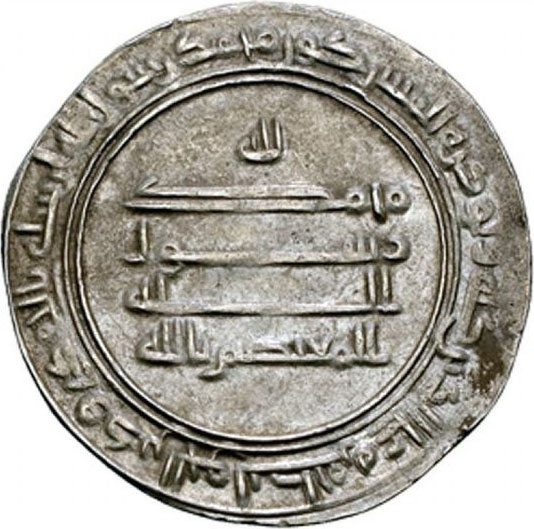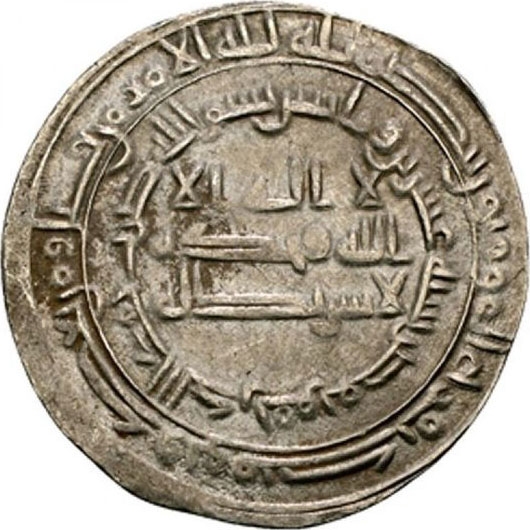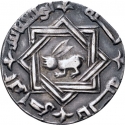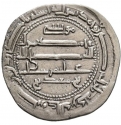You are about to finish your registration. Please check your mailbox (including spam folder). There should be a letter with a confirmation link. Check setting to make sure that your e-mail address is correct.
Send letter againDescription
The Abbasid Caliphate (Arabic: الْخِلَافَةُ الْعَبَّاسِيَّة) was the third caliphate to succeed the Islamic prophet Muhammad. It was founded by a dynasty descended from the prophet's uncle, Abbas ibn Abdul-Muttalib (566–653 CE), from whom the dynasty takes its name. They ruled as caliphs for most of the caliphate from their capital in Baghdad in modern-day Iraq, after having overthrown the Umayyad Caliphate in the Abbasid Revolution of 750 CE (132 AH). The Abbasid Caliphate first centered its government in Kufa, modern-day Iraq, but in 762 the caliph Al-Mansur founded the city of Baghdad, near the ancient Babylonian capital city of Babylon. Baghdad became the center of science, culture and invention in what became known as the Golden Age of Islam. This, in addition to housing several key academic institutions, including the House of Wisdom, as well as a multiethnic and multi-religious environment, garnered it a worldwide reputation as the "Center of Learning".
Abū Isḥāq Muḥammad ibn Hārūn al-Rashīd (796–842), better known by his regnal name al-Muʿtaṣim biʾllāh (lit. 'He who seeks refuge in God'), was the eighth Abbasid caliph, ruling from 833 until his death in 842. A younger son of Caliph Harun al-Rashid (r. 786–809), he rose to prominence through his formation of a private army composed predominantly of Turkic slave-soldiers (ghilmān, sing. ghulām). This proved useful to his half-brother, Caliph al-Ma'mun, who employed al-Mu'tasim and his Turkish guard to counterbalance other powerful interest groups in the state, as well as employing them in campaigns against rebels and the Byzantine Empire. When al-Ma'mun died unexpectedly on campaign in August 833, al-Mu'tasim was thus well placed to succeed him, overriding the claims of al-Ma'mun's son al-Abbas.
Al-Mu'tasim's reign was marked by continuous warfare. The two major internal campaigns of the reign were against the long-running Khurramite uprising of Babak Khorramdin in Adharbayjan, which was suppressed by al-Afshin in 835–837, and against Mazyar, the autonomous ruler of Tabaristan, who had clashed with the Tahirid governor of Khorasan and risen up in revolt. While his generals led the fight against internal rebellions, al-Mu'tasim himself led the sole major external campaign of the period, in 838 against the Byzantine Empire. His armies defeated Emperor Theophilos and sacked the city of Amorium. The Amorium campaign was widely celebrated, and became a cornerstone of caliphal propaganda, cementing al-Mu'tasim's reputation as a warrior-caliph.
Obverse

|
Depicts the inscriptions in Arabic "Muhammad is the Messenger of God” and “He sent him with guidance and the true religion to make it victorious over every religion although those who associate others with God dislike it”, "For God", "Muhammad is the Messenger of God” and "al-Mu'tasim billah". محمد رسول الله ارسله بالهدى ودين الحق ليظهره على الدين كله ولو كره المشركون |
|---|---|
Reverse

|
Depicts the inscriptions in Arabic "To God belongs the command before and after, and at that time the believers will rejoice in the victory of God", "In the name of God. This dinar was struck in Misr (Egypt) in the year 220" and “There is no god but God alone / He has no associate". لله الأمر من قبل و من بعد و يومئذ يفرح المؤمنون بنصر الله |
| Edge |







